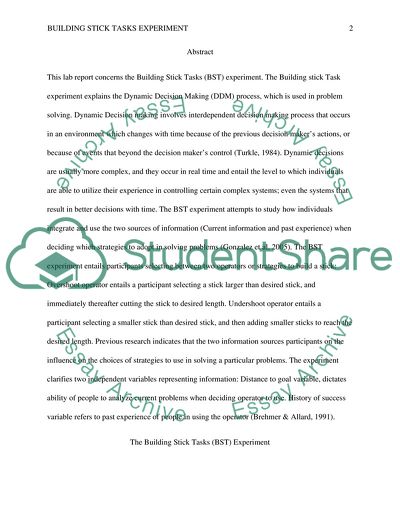Cite this document
(“Cognition Lab Report Essay Example | Topics and Well Written Essays - 1750 words”, n.d.)
Cognition Lab Report Essay Example | Topics and Well Written Essays - 1750 words. Retrieved from https://studentshare.org/psychology/1646051-cognition-lab-report
Cognition Lab Report Essay Example | Topics and Well Written Essays - 1750 words. Retrieved from https://studentshare.org/psychology/1646051-cognition-lab-report
(Cognition Lab Report Essay Example | Topics and Well Written Essays - 1750 Words)
Cognition Lab Report Essay Example | Topics and Well Written Essays - 1750 Words. https://studentshare.org/psychology/1646051-cognition-lab-report.
Cognition Lab Report Essay Example | Topics and Well Written Essays - 1750 Words. https://studentshare.org/psychology/1646051-cognition-lab-report.
“Cognition Lab Report Essay Example | Topics and Well Written Essays - 1750 Words”, n.d. https://studentshare.org/psychology/1646051-cognition-lab-report.


